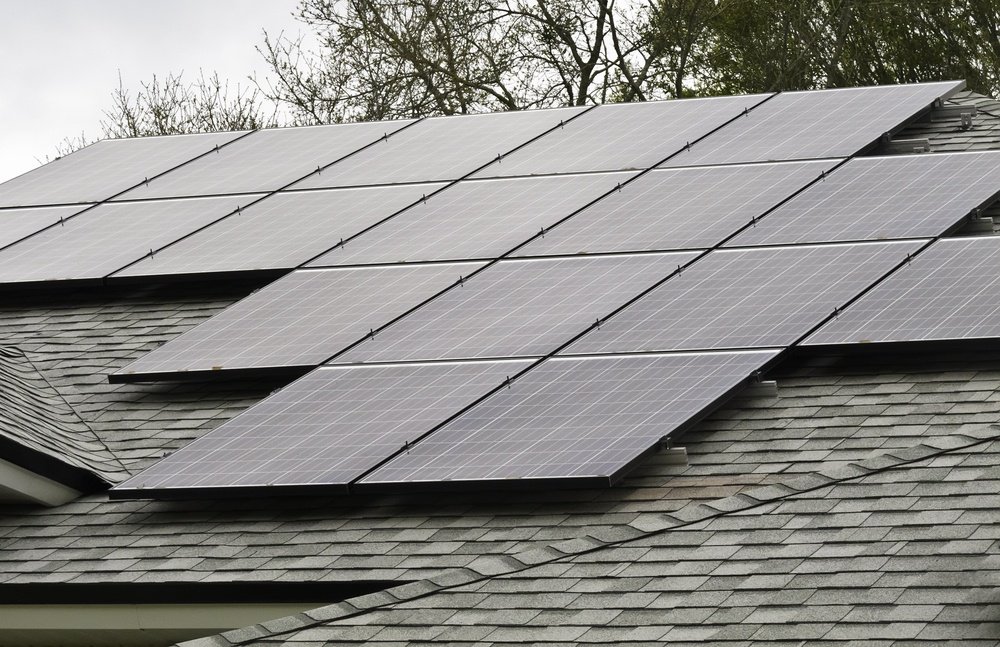Hundreds of millions of pounds must be spent on the UK’s draughty housing stock to meet the government’s climate change targets, with progress so far too slow to make the difference needed.
Repairing existing homes to a high standard, with insulation and renewable energy technology, would cut consumer bills and bring health improvements, a new report shows.
Domestic housing accounts for about a fifth of the UK’s greenhouse gas emissions, mostly from heating and hot water. But attempts to bring these down have largely failed, prompting renewed calls from experts for a national programme of home improvement that would make dwellings low-carbon for the next 30 years.

New research by the Institution of Engineering and Technology and Nottingham Trent University has found that meeting government targets of 80% cuts in greenhouse gas emissions by mid-century would require sweeping policy change.
“A national programme for a one-off deep retrofit [of all residential property] is needed,” said Marjan Sarshar, professor of sustainability and the built environment at Nottingham Trent University. “Costs will come down as we build up the supply chain capacity.”
The report’s authors suggest starting with social housing, which makes up about 4.5m homes. By engaging a whole locality at a time, the costs can be brought down and retrofit schemes carried out more efficiently.
It can cost about £17,000 to retrofit a standard house. The benefits go beyond emissions savings, also including lower energy bills, warmer homes and a much-decreased burden on the NHS, which currently spends about £1.4bn a year treating conditions that arise from poor housing.
Costs for ongoing maintenance, amounting to £5.2bn a year for social housing alone, would also be drastically cut or eliminated by a one-off “deep retrofit” for most residential buildings. Social housing tenants spend £4.2bn a year on energy, a big chunk of most household budgets, which would also be much reduced if their homes were insulated and fitted with renewables such as solar panels.
Insulation for roofs and walls, new windows and doors, small-scale renewable energy such as solar panels or district heating systems, are the basic techniques. But instead of deploying them piecemeal, as in the past, the government should start a system of “deep retrofits”, by which each dwelling would receive a one-off refurbishment covering all the needed improvements and make the homes fit for the next 30 years at least, the report found.
Read more: Future Build


